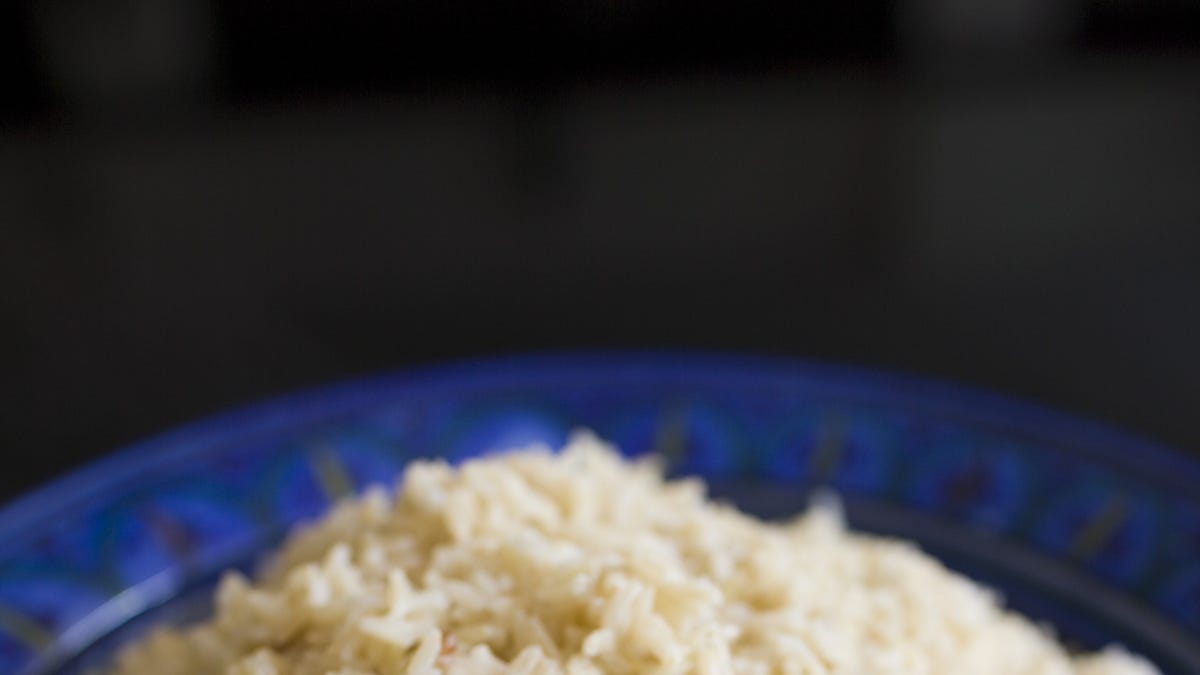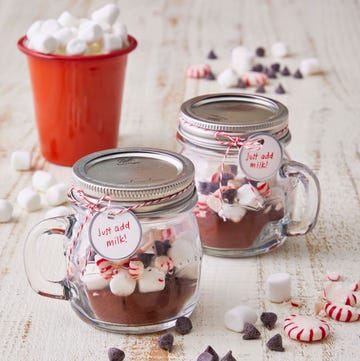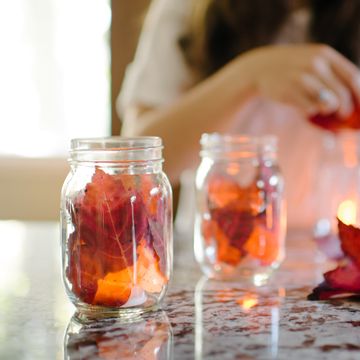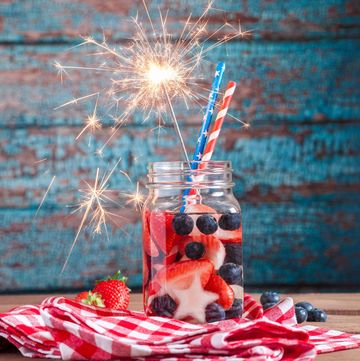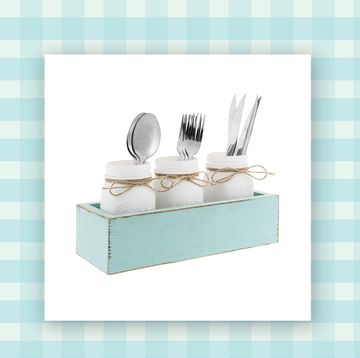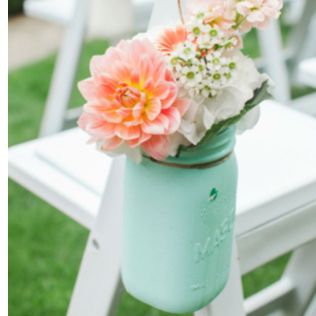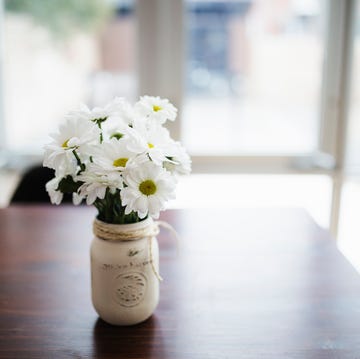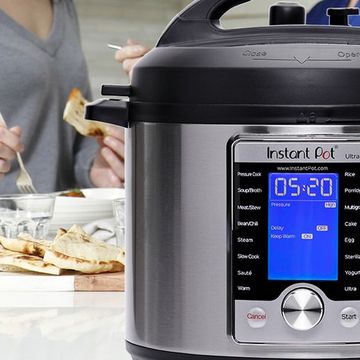Preserving, or preparing foods to keep without spoiling, has been employed for centuries. One popular method is pickling with refrigeration: Fresh produce is covered with a mix of vinegar, herbs, and spices, then packaged and refrigerated. Another often-used method is canning, which hermetically seals food in a glass jar for pantry storage for up to a year. Though canning may seem daunting, it can be quite enjoyable, provided proper care is taken.
